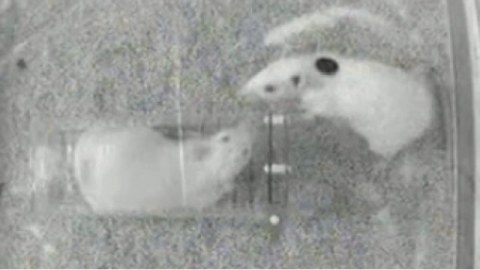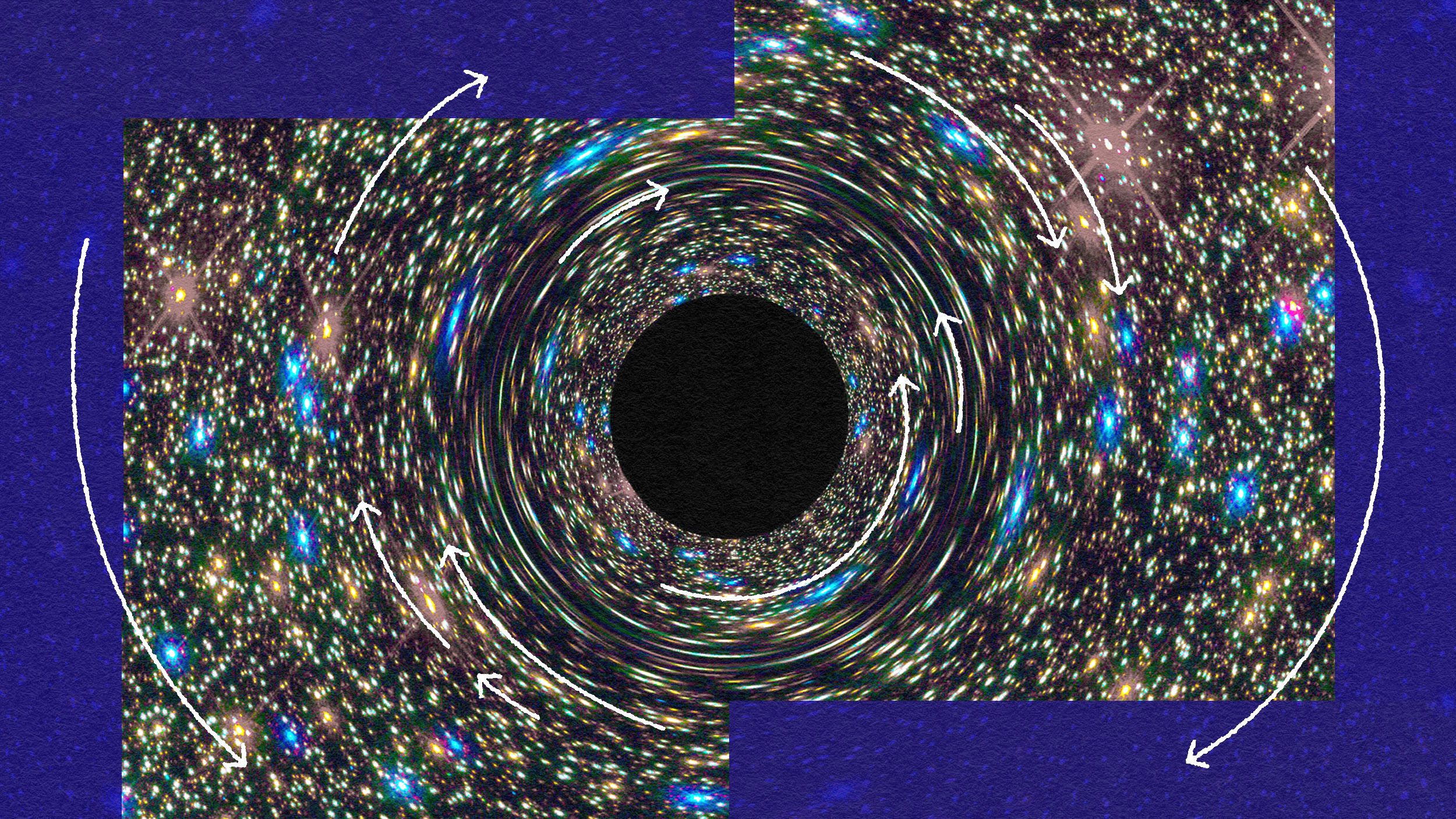A Fine Example of Basic Human Decency—In Rats

In the annals of human hatred, there’s a special place for those who play the same game we do—the ones who are on to our tricks and whose mirror tactics threaten to take a piece of our action. (Who hates a typical politician more than a typical politician?) I’ve always thought this was part of the problem so many people have with rats: They get by in life by being smart, sociable, relentless and very, very numerous—just like homo sapiens. They’re running the same game we are. No wonder a lot of people hate them. Now this paper, out in this week’s Science, will make them seem even more human: It turns out that rats will take the trouble to free a trapped fellow-rat for no physical reward (though there may be a warm, fuzzy feeling). In fact, even when there was a reward (delicious chocolates for the taking, next to the trapped victim) rats in these experiments often freed their fellow-rodent and shared the food, when they could have kept it to themselves.
Rodents have been shown to feel “emotional contagion” (which humans demonstrate when, for example, they screw up their faces in a pained expression while watching someone else get hurt). But the paper, by Inbal Ben-Ami Bartal,Jean Decety and Peggy Mason is the first to demonstrate that the animals will take action to help others in distress. As Mason points out in this video, that’s a pretty big achievement, because it requires that the Helper Rat overcome the fear it feels emanating from the Victim Rat. (When I did some experiments with rats, this wrestling always struck me as the most poignant and intense part. They were so scared and so smart, and you could practically see fear and intelligence doing battle in their movements.)
Bartal et al. used pairs of rats, who’d had some time to get to know each other. In one experiment, one of the pair was jammed into a plexiglass restrainer and put in the middle of the cage. The other rat was free. Rats instinctively prefer the edges of an enclosure, so it was already striking that the free animals spent a lot of time in the scary cage center, exploring the door of the restrainer. This had been set up so that a rat could figure it out and open it. Not easily, though. As Decety told Maia Szalavitz, it took perseverance through fear for a rat to figure out how to free the other rat. But most of the animals kept at it, and after a certain number of exposures to the situation, the free rat would succeed and let his cagemate out. Or her cagemate—as Szalavitz highlighted in her piece this morning, some males never bothered to help but all the females did. (After the door gave way the rats would then run around in what sure looks like general celebration, as Mason describes it.)
The authors here are on pretty firm ground that the rats were engaged in helping behavior, because when the restrainer was empty or contained a toy rat, the animals paid no attention to it whatsoever. Moreover, even when the freed animal went into another cage (hence no celebration or rodent equivalent of a high-five or group hug) the helper rats still worked to get them free. Most strikingly, even when cages contained two tubes, one with a trapped rat and one with tasty chocolate chips, about half the rats chose to help their comrade—which meant both delaying their chocolate snack and getting less of it for themselves.
So, is this empathy, as we understand it? As Jaak Panksepp writes in his commentary, it’s not obvious whether the rats felt their cagemates’ distress (as when you give money to charity because a picture of a starving child made you tear up) or if they simply felt better by having made pain go away (as when you feel good from giving money to charity because you know it will improve someone’s lot, somewhere). That distinction is important in the ongoing quest to explain what empathy is and when it arose in the evolution of mammals. Which might, some day, help us get a grip on why humans, who so often play the same game, don’t always play it as nicely.
Bartal, I., Decety, J., & Mason, P. (2011). Empathy and Pro-Social Behavior in Rats Science, 334 (6061), 1427-1430 DOI: 10.1126/science.1210789





